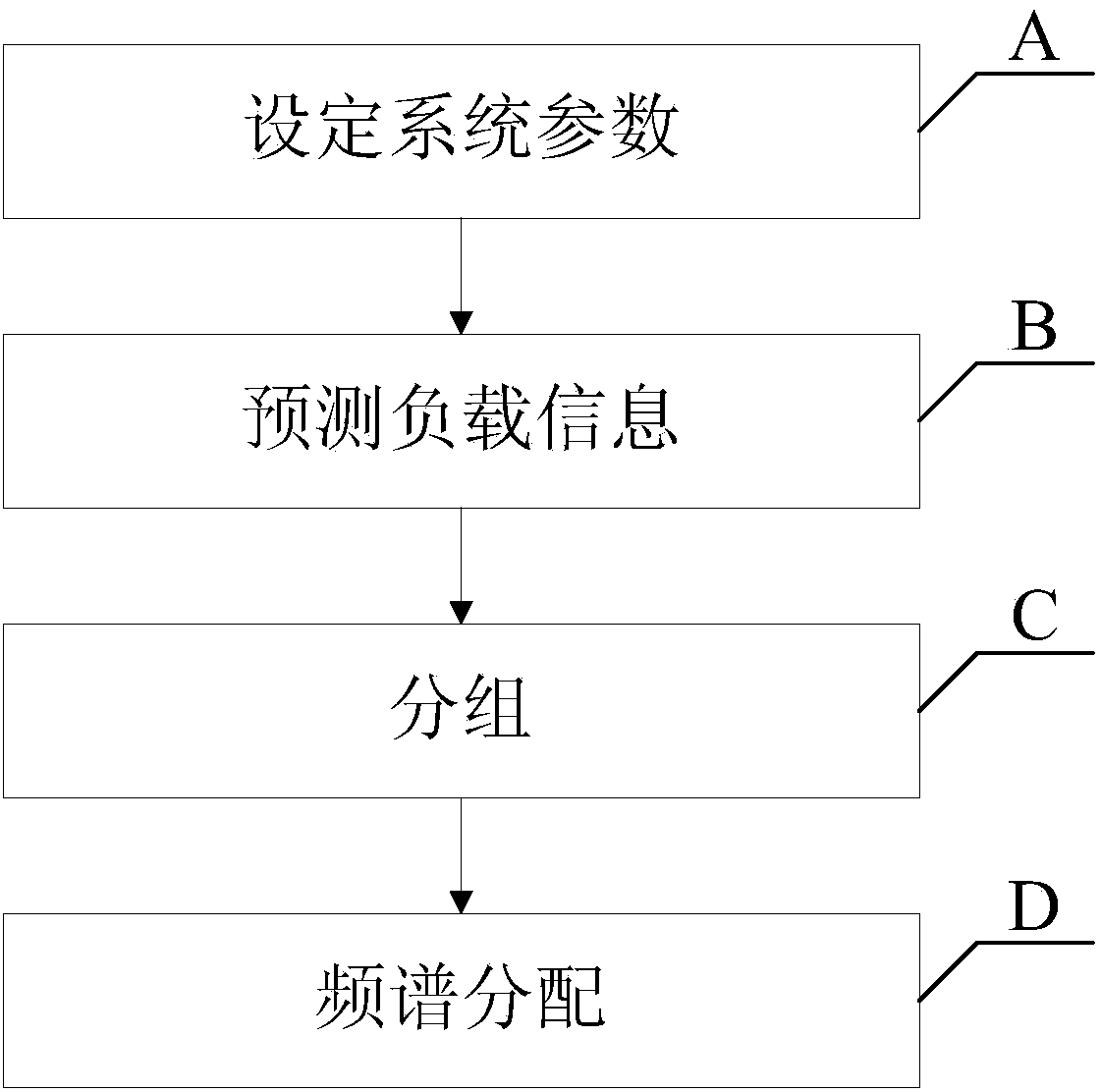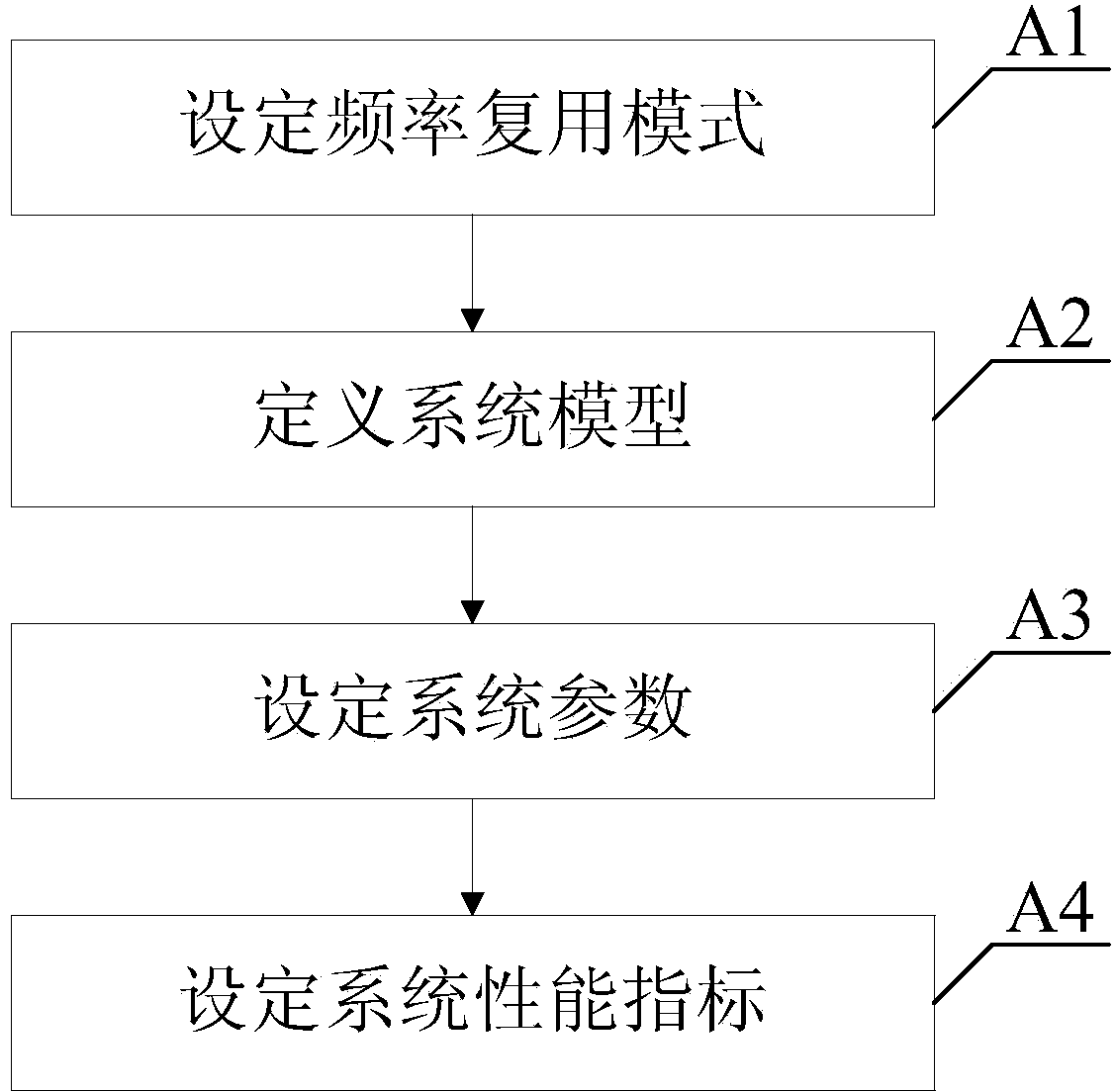Family base station frequency spectrum allocation method based on load prediction grouping in layered heterogenous network
A technology of home base station and load prediction, applied in network planning, electrical components, wireless communication, etc., can solve the problems of low, inability to network planning, interfere with spectrum usage efficiency, etc., and achieve the effect of reducing interference at the same layer
- Summary
- Abstract
- Description
- Claims
- Application Information
AI Technical Summary
Problems solved by technology
Method used
Image
Examples
Embodiment Construction
[0034] The preferred embodiments of the present invention will be described in detail below with reference to the accompanying drawings.
[0035] figure 1 Be the overall flowchart of method described in the present invention, as shown in the figure, this method can be divided into 4 major steps, namely:
[0036] Step A, set the system mode.
[0037] Step B, predicting the load information of each home base station in the cell.
[0038] Step C, grouping the home base stations according to the proposed method.
[0039] Step D, spectrum allocation is performed according to the grouping result.
[0040] The specific process of each step is described in detail below.
[0041] Step A - Set the system mode.
[0042] see figure 2 , figure 2 The flowchart set for the system model, specifically includes the following steps:
[0043] Step A1, see image 3 , image 3 It is the basic frequency reuse mode of the present invention, that is, the partial frequency reuse mode of thr...
PUM
 Login to View More
Login to View More Abstract
Description
Claims
Application Information
 Login to View More
Login to View More - R&D Engineer
- R&D Manager
- IP Professional
- Industry Leading Data Capabilities
- Powerful AI technology
- Patent DNA Extraction
Browse by: Latest US Patents, China's latest patents, Technical Efficacy Thesaurus, Application Domain, Technology Topic, Popular Technical Reports.
© 2024 PatSnap. All rights reserved.Legal|Privacy policy|Modern Slavery Act Transparency Statement|Sitemap|About US| Contact US: help@patsnap.com










